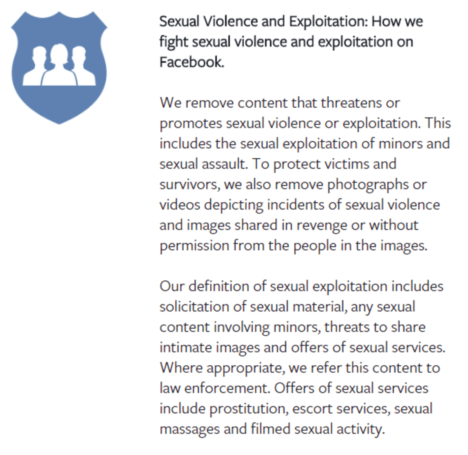Dear Mark Zuckerberg: why editors were wrong to damn Facebook for censorship
In this cross-posting from The Conversation, professor Jane Singer, discusses Facebook’s decision to remove a photo of Kim Phuc – the infamous ‘Napalm Girl’ featured in a Time magazine photograph from the Vietnam War – under its censorship policy.
Facebook’s recent decision to block a Norwegian user’s post containing the Pulitzer Prize-winning photo of children, one of them a terrified and naked girl fleeing a napalm attack during the Vietnam war, was met by a cry of outrage from journalists and other free speech advocates.
Norwegian writer Tom Egeland had posted the picture on his Facebook page as part of a discussion of “seven photographs that changed the history of warfare”. He was subsequently blocked from Facebook.
When Norwegian newspaper Aftenposten reported on this, including the image in its story and posting it on Facebook, the image was blocked there, as well. Facebook cited its policy of barring images of nude children as part of its defence against use of its platform for child pornography.



There is bigger questions here, namely over copyright of the original image and news reporting. Norwegian writer Tom Egeland doesn’t own copyright of the image so falls foul of publishing it in the first place. Secondly, most people use FB as a social platform to connect with friends and family it would not be listed by many as their number one source for ‘news’. If Tom and Aftenposten haven’t paid rights for the use of the pic there in more trouble with copyright than censorship. Under ‘fair dealing’ they might be okay under the reporting of news but as I’ve mentioned not sure that most would consider FB as a news publisher.